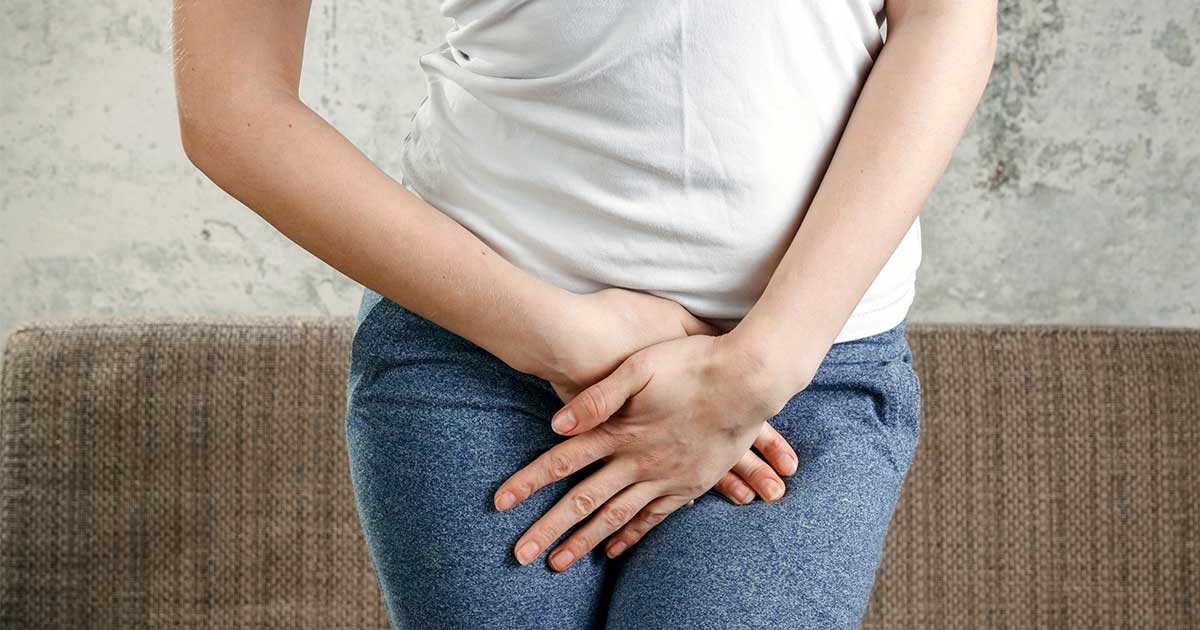Bladder Control Through Lifestyle Strategies By Pierre Mouchette | Bits-n-Pieces If you have been struggling with the embarrassment and discomfort of a bladder control problem, you may be looking for ways to improve it. Fortunately, there are simple strategies you can try. Doctors often call these strategies lifestyle modifications or behavior therapies. They are safe, easy, effective, and inexpensive. You can try these techniques before trying other types of treatment, such as medications or surgery, or in combination with them.
Focus on fluids and food How much fluid you drink can influence your bladder habits, and so might certain foods you eat.
Lifestyle strategies
Urinary training, or retraining, involves adjusting your habits. You go to the toilet at set times, even without the urge to urinate, slowly increasing the time between urination. It allows the bladder to fill and gives greater control over urination urgency. A bladder-training program typically follows fundamental actions:
0 Comments
Your comment will be posted after it is approved.
Leave a Reply. |
Archives
May 2024
|
